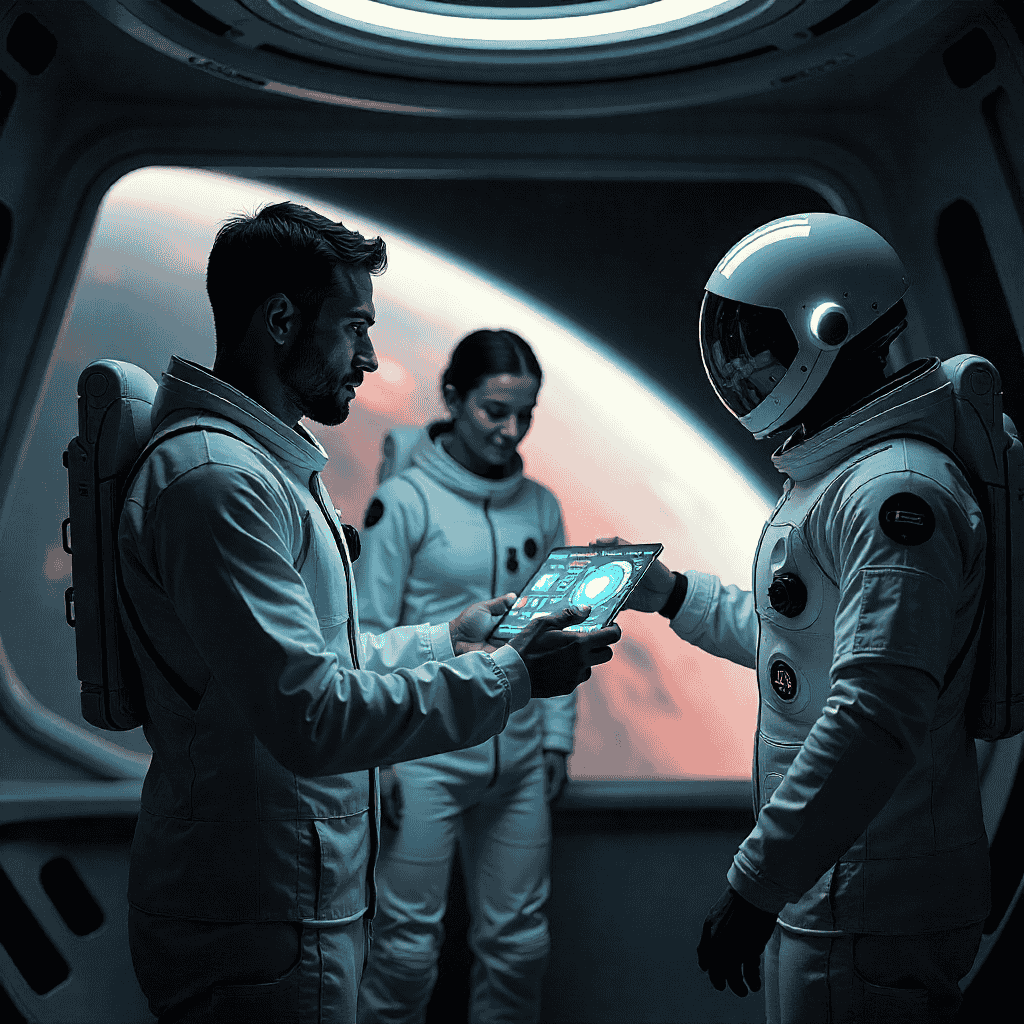
『 ZORO 』
5 months ago
Smart Mars Healthcare: NASA AI Medical Assistant Launches Ahead
It offers real-time support when communication with Earth is delayed. Such breakthroughs matter deeply in the world of Latest AI News and AI Trends, and even foreshadow future AI Copilot PCs and on-device AI enhancements.

1. Why a NASA AI Medical Assistant Matters for Space Missions
Having an intelligent medical companion on long spaceflights is vital.
- Astronauts may face injuries or illnesses far from Earth.
- Communication delays with mission control can span minutes or longer.
- The assistant offers rapid diagnosis and guidance, reducing risk.
This showcases how AI in Space Exploration brings real-time support to extreme environments.
2. How the Assistant Works: Plain Language Overview
Under the hood, this is Artificial Intelligence at its best.
It uses:
- On-device AI computing within spacecraft systems.
- Algorithms trained on medical data, tuned for space conditions.
- A user-friendly interface for astronauts to interact with quickly.
In short: the AI listens, analyzes vital signs, suggests steps—almost like a trusted doctor.
3. Broader Impact: From Space to Everyday Life
This new tool is more than just a space tech marvel. It demonstrates the power of AI Trends that inspire Earth-based innovation.
Consider how:
- AI Copilot PCs could soon guide users through multitasking or troubleshooting at home.
- On-device AI makes tools faster and more private—no cloud needed.
- Medical apps could mimic Mars-ready diagnostics, helping remote clinics or field workers.
This is a vivid example from the Latest AI News that shows how space tech influences everyday AI tools.
4. What Sets It Apart: Key Features
Here’s why the NASA AI Medical Assistant stands out:
- Autonomy: Works without relying on Earth-based support.
- Speed: Offers instant help when seconds matter.
- Adaptability: Tailored to conditions like microgravity, isolation.
- Reliability: Built to withstand space’s harsh environment.
These align strongly with growing AI Trends toward independent, resilient systems.
5. Real-World Example: Imagine the Scenario
Think of an astronaut slipping during routine exercise, twisting an ankle. Normally, they’d wait minutes for advice. With the assistant:
- It analyzes images or sensor data.
- It advises “Elevate + cold pack for 20 minutes,” offering step-by-step care.
- It logs data for medical staff to review later.
This simple scenario shows how AI creates safety nets when every moment counts.
Conclusion
NASA’s leap with the NASA AI Medical Assistant offers a striking vision of how Artificial Intelligence can safeguard humans in the most remote places. This advance reflects important AI Trends, from on-device AI to the growing reach of AI Copilot PCs and autonomous systems. As enthusiasts, professionals, or students in AI, it’s exciting to imagine what comes next—whether on Mars or on our desks.
Stay tuned to more Latest AI News, and prepare for AI to keep pushing boundaries—on Earth and beyond.
Source-



